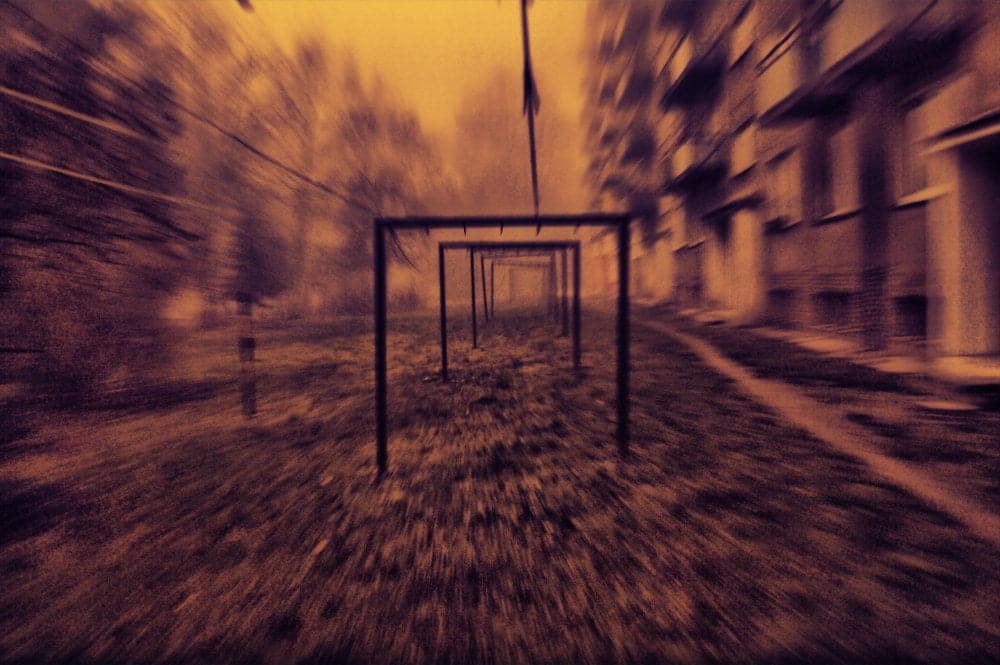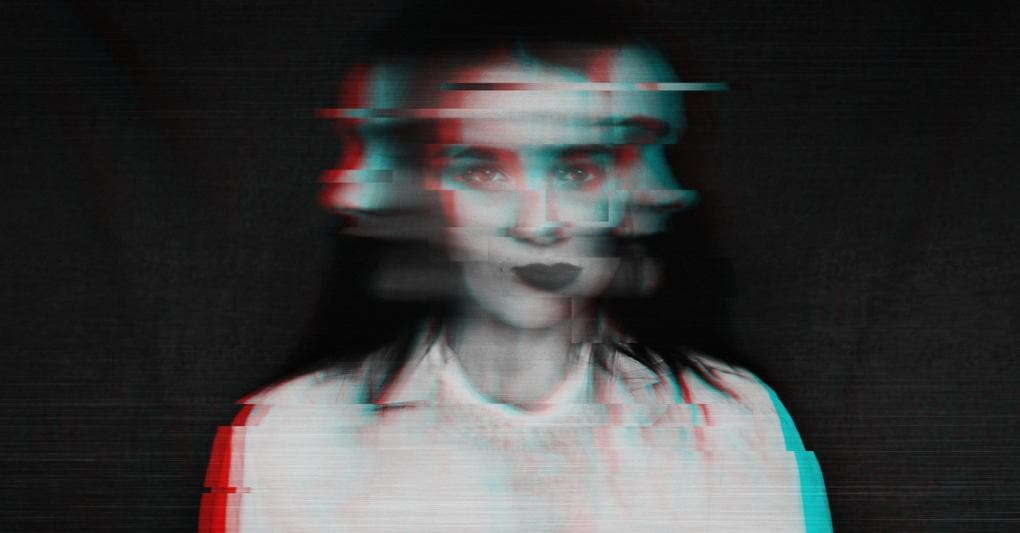Short sad story: Worldwide, approximately 1 in 30 people will experience at least one psychotic episode in their life. The debate (even the scientific one) mostly focuses on the visual and audio aspects of hallucinations, but those who live with problems of this type know how limited this point of view can be.
Today, researchers have begun to think about the full range of experiences that accompany hallucinatory episodes, and have developed an actual body map. A map that tries to describe in as much detail as possible the types of emotion, awareness and even tactile sensation that often complicate neurological disorders.
An “atlas” of hallucinations
The psychologists ofUniversity of Leicester in the United Kingdom they recruited a dozen volunteers (among those prone to these disorders) through the National Health Service and asked them to document the hallucinations that occurred in everyday life for a week.
The diary was structured in such a way that participants could also note down any other emotions, sensations, or even cognitive states coinciding with the visual and auditory symptoms considered most typical of psychosis. At the end of the seven days, the volunteers had a half-hour face-to-face interview with one of the researchers, during which they examined the diary in detail and discussed the entries.
The result was a kind of map that broke down the boundaries of hallucinations, describing them as events that can actually affect virtually any part of the body.
The range of sensations in and around the body (in the peri-personal space) was particularly interesting. Participants often said that the method helped them to share experiences that were difficult to put into words.
Katie Melvin, lead author of the study
Hallucinations, an insidious enemy
They have long been considered a hallmark of mental illness, despite being a common experience that many have. Hearing a thin voice or seeing things out of the corner of your eye is not always indicative of some kind of pathology. For those living with conditions such as schizophrenia, advanced Alzheimer's or psychotic depression, constantly trying to separate the ghosts of the mind from reality can be exhausting. That's not all: personal experiences can vary greatly. This affects the quality of sleep, motivation and ability to interact with others, even to hold a job.

Although it was clear that hallucinations can be of different types, until now no one has attempted to quantify the range of feelings that can arise. While 12 people is a very small sample, the study is an important starting point, giving us a basis for asking how common “multimodal unusual sensory experience” (or MUSE) is.
42 routes, only one “coxswain”
The 42 MUSE maps resulting from this study bring new insights into hallucination research. With regard to the auditory ones, for example, among those who hear voices the volume can vary considerably. Up to a third of the participants heard them as whispers. About a quarter even perceived them as screams.
Nearly half had stomachs in turmoil, or more intense sensations (such as nausea, or even physical pain). Almost all participants reported feeling overwhelmed, disconnected, or in some cases being observed by something malicious. But the details matter relatively. It is clear that by focusing on hallucinations as things seen or heard, we miss a bigger picture.
Only in this sample of 12 people, during the psychotic phenomena well 83% of participants experienced a wide range of emotions, sensations and feelings. Learning how these maps represent the general population could help point new avenues. For example, those for better therapies that help people find ways to cope with the challenges that come with their particular mix of experiences.
Because the next, necessary step is that: once the map has been drawn, you need to explore and cure what the map shows.
This research was published in EClinicalMedicine.


